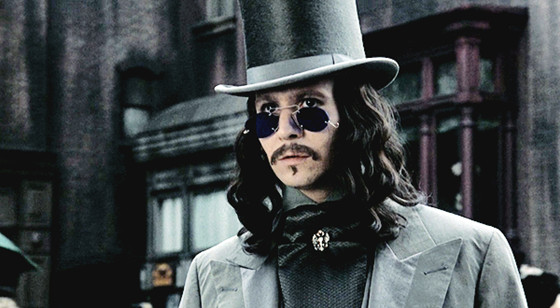
Horror is a bit of a disreputable genre. Even the best horror films are rarely revered as much as the best dramas, and the rare directors who dedicated themselves to the genre (Like George A. Romero and Wes Craven) are often considered to have had hit and miss filmographies.
Thus, it is a profound achievement that Guillermo del Toro has garnered international acclaim – and an Academy Award – despite never straying far from the horror genre. To honor the man and his accomplishments, we will highlight ten films that have influenced him or else bear a stunning similarity to his own artistic sensibilities.
1. Creature from the Black Lagoon (1954, Jack Arnold)
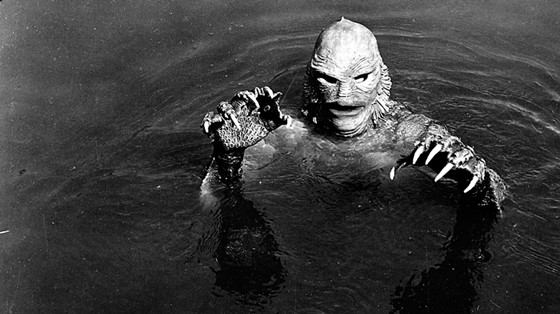
The most famous Universal Monsters films of yore epitomize a tradition of Gothic horror that barely exits in cinema anymore. Creature from the Black Lagoon, however, is a bit of an outlier in that it was an attempt by Universal to cater to the 1950’s drive-in market, albeit with a much larger budget than Edward D. Wood, Jr. or Roger Corman could ever afford.
What makes Creature such a treat for del Toro’s fans is that it was an obvious direct influence on the director’s most recent critical success, The Shape of Water. When he saw the film as a child, del Toro was enchanted (rather than justly mortified) by the titular monster’s attempts to mate with a beautiful young woman.
He wanted the two to live happily ever after as a couple and he (sort of) got his wish decades later when he wrote and directed The Shape of Water, a film about a woman who falls desperately in love with a humanoid amphibian monster wo bears more than a passing resemblance to the Creature from the Black Lagoon. It might shock viewers that the most popular romantic film of 2017 had its origins is a “couple” from a 1950’s horror film whose relationship was less than romantic (less than consensual).
2. The Exorcist (1973, William Friedkin)
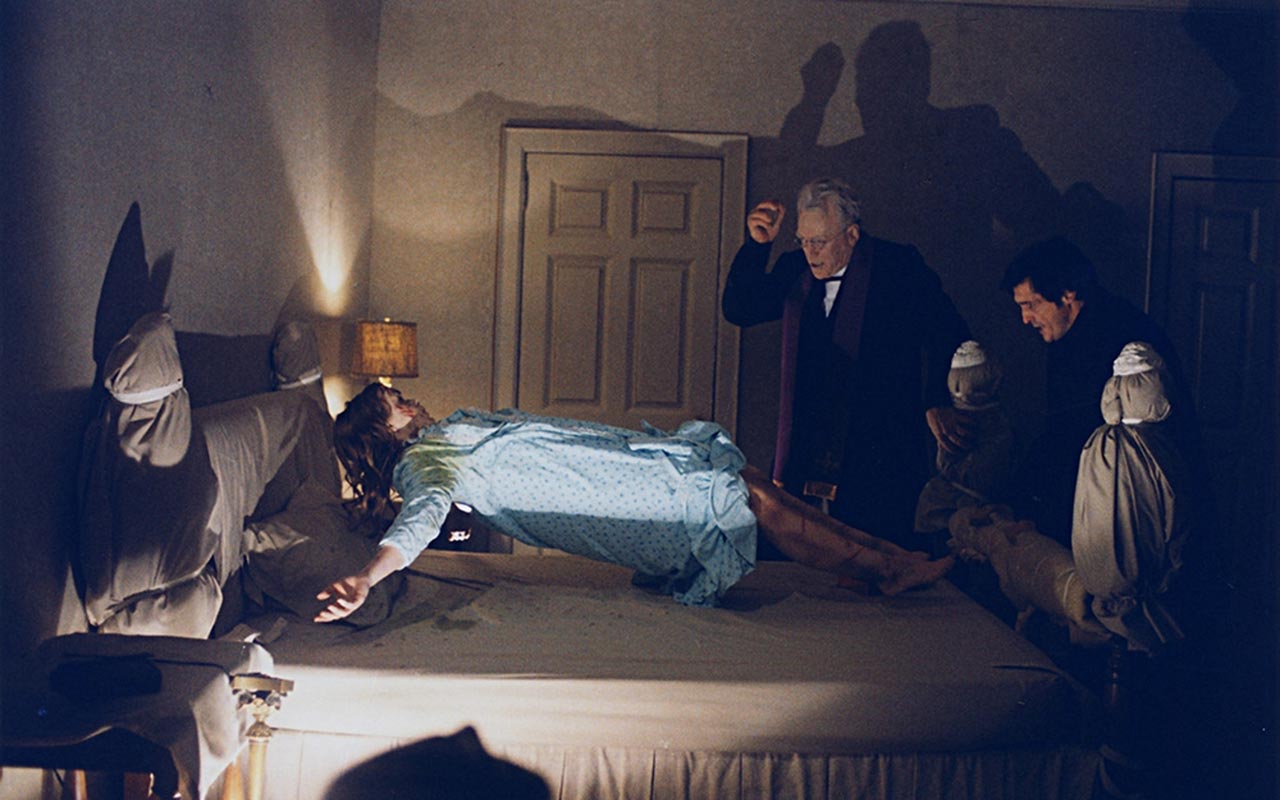
While del Toro left the Catholic faith of his youth long ago, that hasn’t stopped Catholicism from having a massive influence on del Toro’s art. Even Pan’s Labyrinth, a film which takes inspiration from both ancient Greek paganism and Marxism, accidentally became a Catholic film ty he director’s own admission. With that in mind, fans of the Mexican maestro will definitely want to check out the undisputed champion of the many, many Catholic horror films – The Exorcist.
Loosely based on an actual exorcism case, the film made a believer out of its agnostic director, William Friedklin and in a way, this makes sense – it’s a film in which all sense of modernity and rationality are slowly and surely stripped away, until its main characters are left knowing that perhaps mankind doesn’t know as much as it thinks, perhaps the unknowable, chaotic forces of the older “superstitions” carry with them is a greater power than our cynical era is willing to permit.
It’s a film about a man who comes to believe in the divine and sublime only through an encounter with the devil, much as the humanism of del Toro’s filmography is only able to shine trough because he portrays horrific inhumanities.
3. The Innocents (1961, Jack Clayton)
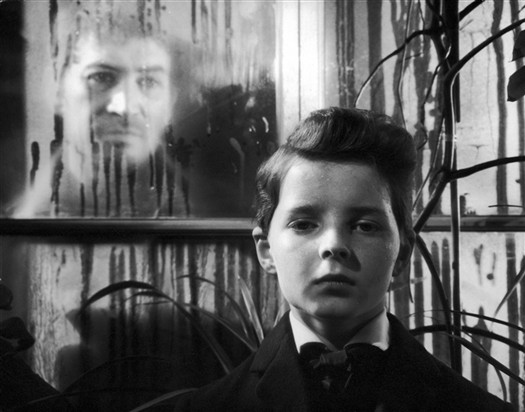
When del Toro made his film Crimson Peak, he wanted to make a tale in the style of Victorian Gothic literature, but with one major difference: classic Gothic novels like Dracula and The Great God Pan kept their sexuality, at most, implicit. del Toro, however, wanted Crimson Peak to be more explicit than its literary predecessor would or could be.
Henry James, one of the writers who inspired del Toror to make Crimson Peak, was a master of the horror of the unknown, which is why his novella The Turn of the Screw remains a classic of horror fiction. Over the years, many interpreters have speculated that the novella’s (unreliable?) narrator may have an inappropriate level of affection of the children in her care, a horrific implication that only becomes more disturbing because of its ambiguous veracity – more concrete storytelling would make the story less haunting.
Jack Clayton’s film adaptation of the story, The Innocents, perfectly captures its source material with a brilliant performance from Deborah Kerr and some of the best cinematography ever. del Toro took inspiration from The Innocents for the aesthetics of Crimson. If only he had taken inspiration from its storytelling.
4. Bram Stoker’s Dracula (1992, Francis Ford Coppola)

Even del Toro’s lesser films usually have a stunning vesical style that is distinctly his own. Rather, it would be distinctly his own if not for one little move: Francis Ford Coppola’s Bram Stoker’s Dracula. While creating his version of the oft-filmed novel, Coppola decided that it needed to stand out from all of the previous Dracula movies, and that one way that it could was through the special effects.
Coppola decided that the film would only make us of practical effects that were available when Dracula was first published in 1897, leading the finished product to have a dreamlike, George Méliès quality that is only compounded by the film’s costumes, which gaudily combine the garb of kabuki theater with Victoriana.
The film fuses a proto-del Toro look with two of the director’s favorite themes – Catholicism and Beauty and the Beast style relationships – so it’s no wonder that the director has gone on record to call Bram Stoker’s Dracula one of his favorite films.
5. The Phantom of the Opera (1925, Rupert Julian)
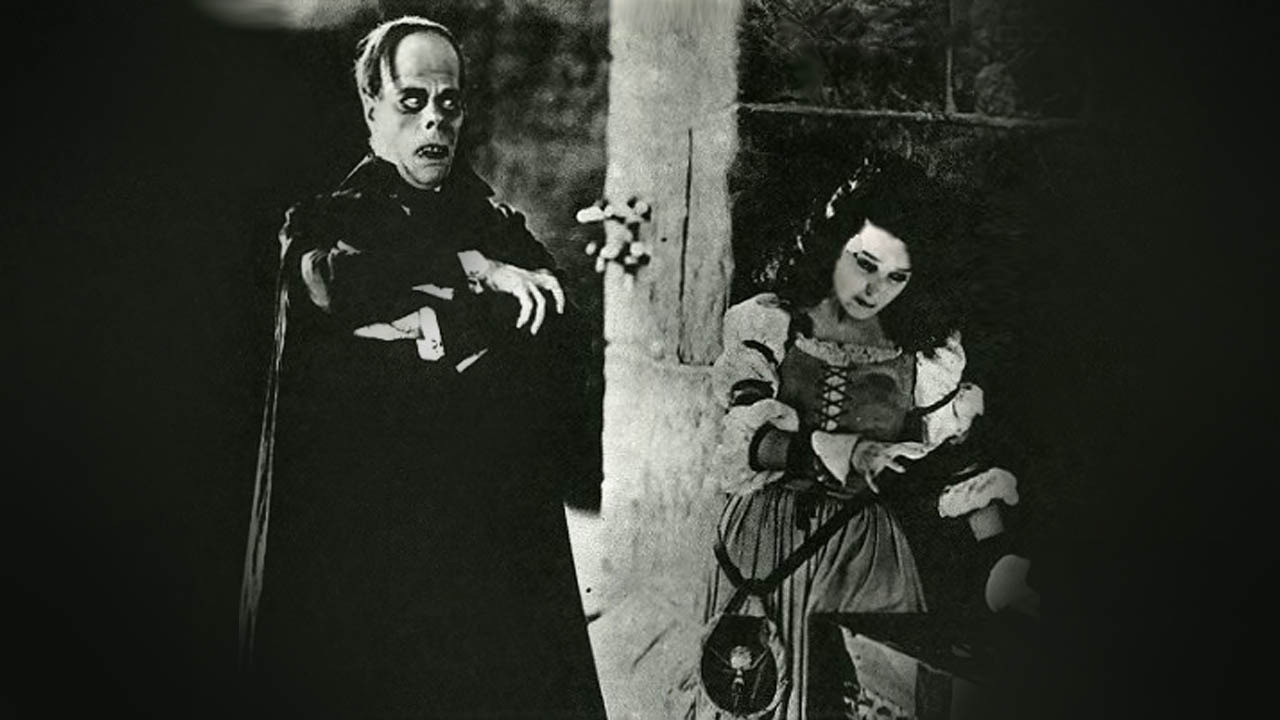
del Toro loves films that depict relationships between normal people and literal or metaphysical monsters and Universal Picture’s The Phantom of the Opera is perhaps Hollywood’s most lasting take on the trope.
Much like its Andrew Lloyd Webber counterpart, the silent film adaptation of the Gaston Leroux novel isn’t exactly profound, but its combination of Edgar Allan Poe-inspired melodrama, first rate sets and costume and one of the greatest silent performances ever courtesy of Lon Chaney Sr. makes it supremely entertaining.
Chaney makes the Phantom threatening, childlike and sympathetic all through body language and facial expression. Gaston Leroux’s novel was not much of a success when it was first published but the film cast such a spell on audiences that the story of Erik and Christine has been retold, referenced and parodied countless time in popular culture, dozens of times in the century since its release.
All these years later, the sequence where the Phantom is unmasked, and Christine is shocked by his disfigurement is one of the most memorable scenes of film grotesquery and the forefather of the many disgusting creatures to populate del Toro’s celluloid dreamscapes.